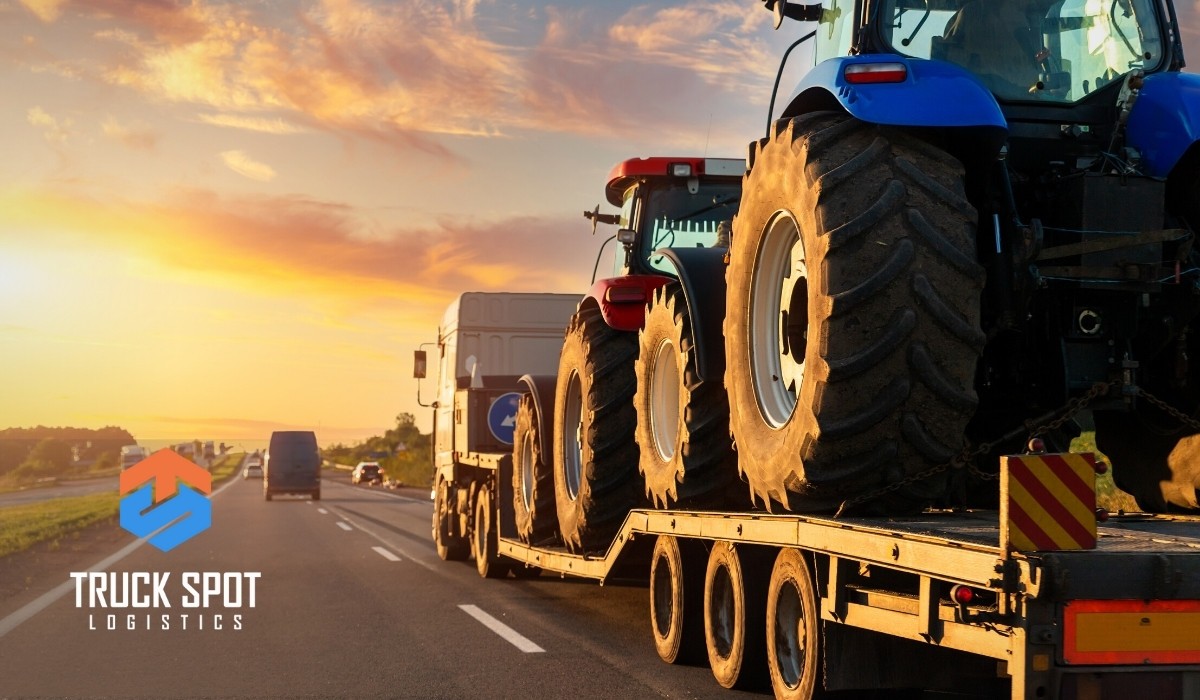When it comes to shipping heavy equipment, the process can be quite complex and may involve multiple logistics and transport companies. However, with proper planning and preparation, you can ensure that your equipment arrives at its destination safely and on time.
In this article, we’ll take you through the steps required to ship your heavy equipment out of state. We’ll cover everything from equipment types and shipping requirements to selecting the right shipping method, obtaining permits and documentation, and preparing your equipment for shipping. We’ll also share tips on what to expect upon delivery and answer common questions.
Types of Heavy Equipment and Their Shipping Requirements
Shipping heavy equipment requires a good understanding of the equipment itself and the transportation logistics involved. Different types of heavy equipment have different shipping requirements, which must be taken into account when planning for transportation. In this section, we’ll look at some of the most common types of heavy equipment and their shipping requirements.
Agricultural Equipment
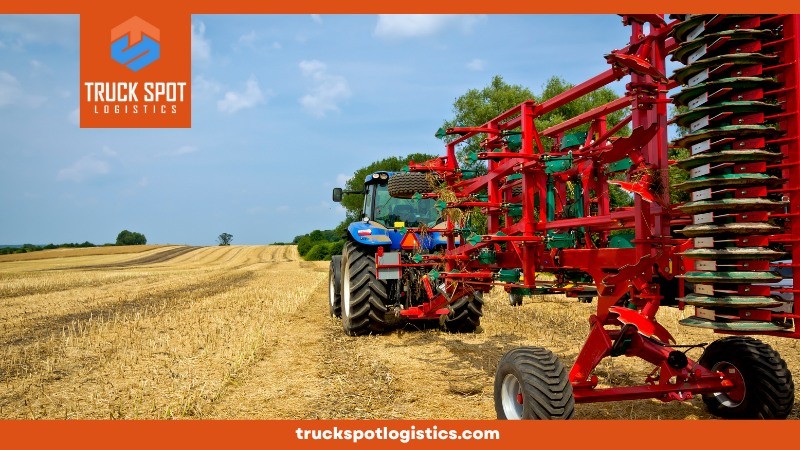
Agricultural equipment includes tractors, combines, plows, and other types of farming machinery. Shipping this type of equipment requires special care to ensure that it arrives at its destination in good condition. For example, some agricultural equipment is too wide to fit on a standard trailer, so an oversized load permit may be required.
Construction Equipment
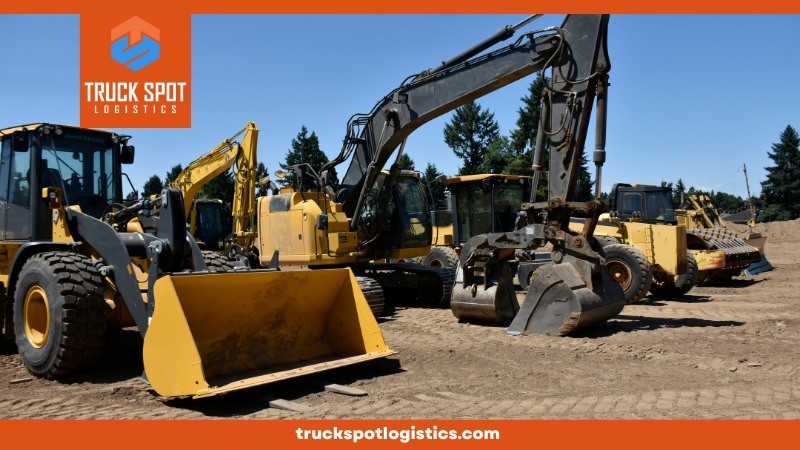
Construction equipment includes cranes, excavators, bulldozers, and other machinery used in the construction industry. Due to their size and weight, construction equipment often requires specialized transportation methods, such as lowboy trailers, which are designed to carry heavy loads.
Industrial Equipment

Industrial equipment includes generators, pumps, compressors, and other machinery used in industrial settings. This type of equipment may require extra care during shipping to prevent damage to sensitive components, such as electrical wiring or hydraulic systems.
Mining Equipment
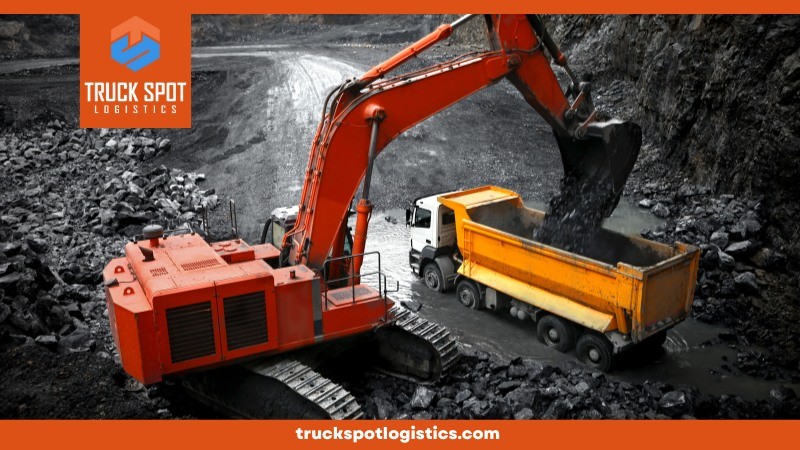
Mining equipment includes draglines, drills, and heavy-duty trucks used in mining operations. Shipping this equipment requires careful planning and coordination due to the specialized nature of the machinery and the remote locations where mining operations are often located.
In summary, the shipping requirements for heavy equipment depend on the type of equipment being transported. And these requirements lead us to the different trailers types needed for every type of equipment.
Choosing the Right Shipping Method for Your Heavy Equipment
When it comes to shipping heavy equipment, there are several transportation methods to choose from. The best method for your equipment will depend on various factors, including the type of equipment, the distance it needs to be transported, and the equipment’s weight and dimensions. In this section, we’ll look at some of the most common shipping methods for heavy equipment, along with their weight and size limitations.
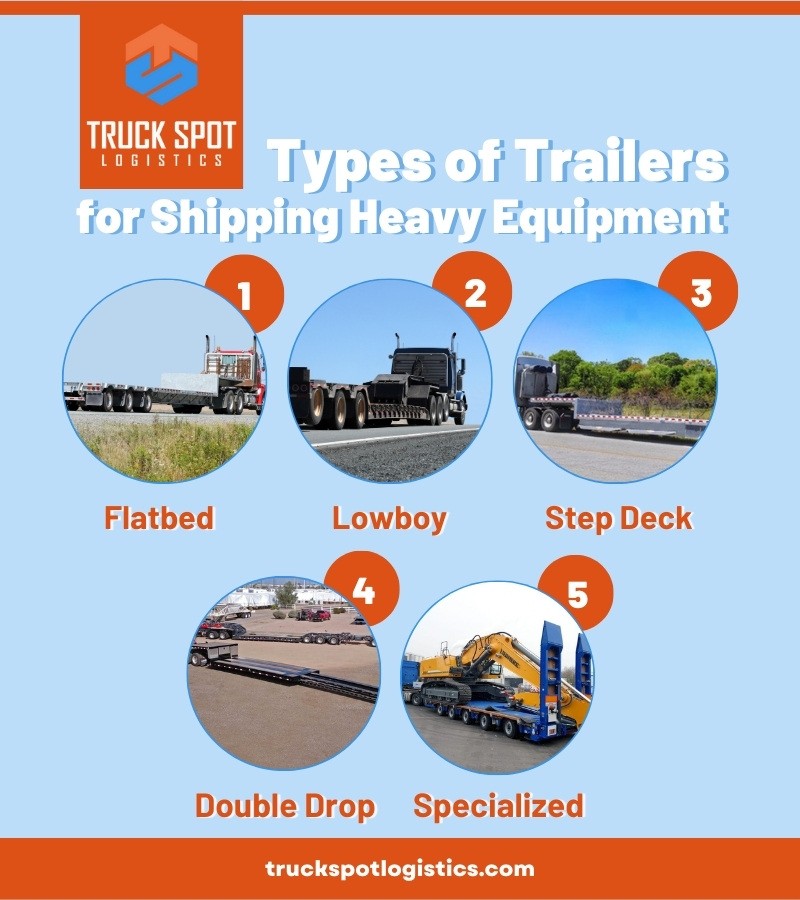
Consider the type of equipment, its weight and dimensions, and the distance it needs to be transported to determine which shipping method is best for your needs. Be sure to also keep in mind the weight and size limitations of each type of trailer to ensure your equipment can be safely transported.
Obtaining Permits and Documentation for Interstate Heavy Hauling
Interstate heavy hauling requires permits and documentation to ensure the safe and legal transportation of heavy equipment. Obtaining the necessary permits and documentation can be a complex process, as each state has its own regulations and requirements. In this section, we’ll take a closer look at the permits and documentation required for interstate heavy hauling.
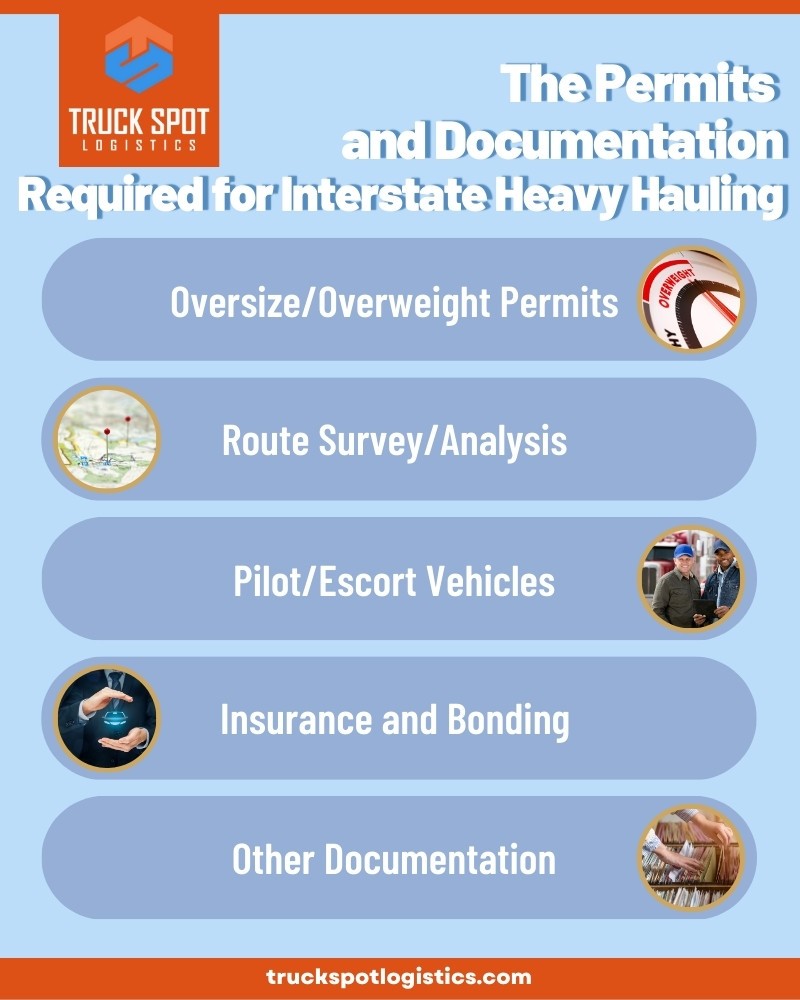
Oversize/Overweight Permits
Most states require oversize and overweight permits for equipment that exceeds the maximum weight and size limits for standard trailers. These permits allow for the legal transportation of heavy equipment and ensure that the equipment is properly marked and visible to other drivers. Oversize/overweight permits can typically be obtained from the state department of transportation or a permitting service.
Route Survey/Analysis
Before transporting heavy equipment across state lines, it’s important to conduct a route survey/analysis. This involves assessing the transportation route to identify potential obstacles, such as low bridges, narrow roads, and steep inclines. The route survey/analysis helps to ensure that the equipment can be safely transported and that any necessary route modifications or escort vehicles are arranged in advance.
Pilot/Escort Vehicles
Depending on the size and weight of the equipment being transported, pilot/escort vehicles may be required. These vehicles help to ensure that the heavy equipment can safely navigate the transportation route and that other drivers on the road are aware of the oversize/overweight load. Pilot/escort vehicles are typically required for equipment that exceeds certain weight and size limits, and their requirements vary by state.
Insurance and Bonding
Interstate heavy hauling also requires insurance and bonding to protect the equipment being transported and other drivers on the road. The insurance and bonding requirements vary by state, and it’s important to ensure that the equipment being transported is covered for any damages that may occur during transport.
Other Documentation
In addition to oversize/overweight permits, route surveys/analyses, pilot/escort vehicles, and insurance and bonding, there may be other documentation required for interstate heavy hauling. This may include registration and licensing of the equipment being transported, as well as special permits for hazardous materials or other equipment-specific requirements.
Obtaining permits and documentation for interstate heavy hauling is essential for ensuring the safe and legal transportation of heavy equipment. It’s important to research the specific requirements of each state where the equipment will be transported and to obtain all necessary permits and documentation in advance. Failure to comply with the necessary regulations can result in fines, delays, and even accidents.
Preparing Tips for Shipping Heavy Equipment
Shipping heavy equipment can be a daunting task, but proper preparation ensures safe transportation. Here are some tips:
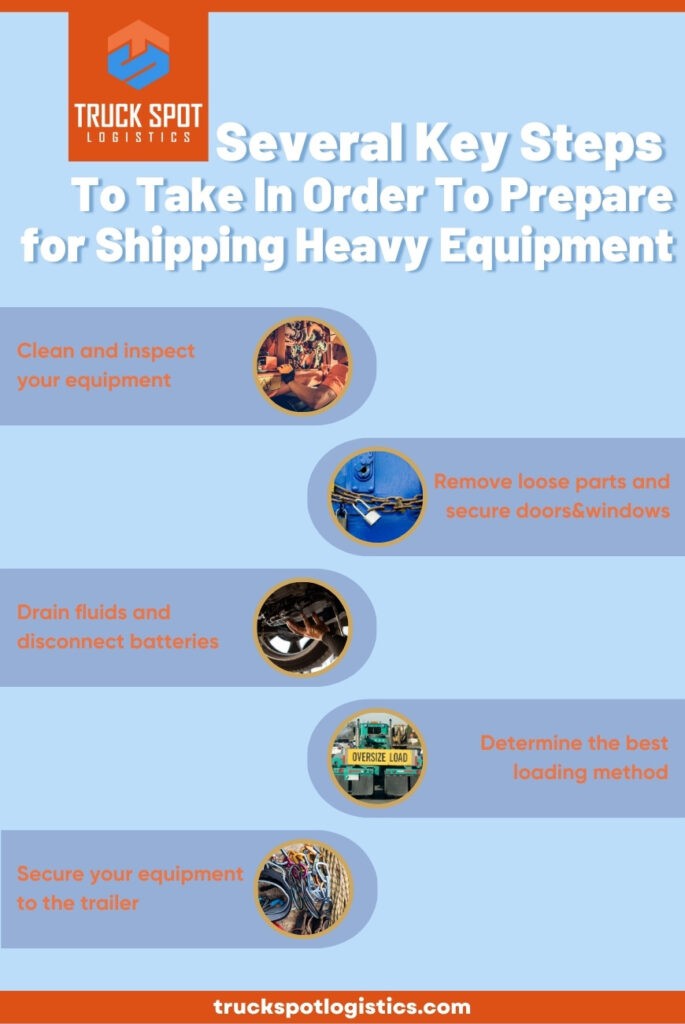
Working closely with the shipping company to determine the specific requirements for your equipment is crucial. These preparations will help to ensure that your heavy equipment is safely transported to its destination.
Receiving Your Heavy Equipment at the Destination: What to Expect and How to Inspect It
To properly receive your heavy equipment after it has been shipped, follow these steps:
Typical issues you can face on delivery
While proper preparation and inspection can help to prevent many issues during shipping, there are still some problems that can arise when receiving your heavy equipment at the destination. Here are some issues you may encounter:
Working closely with the shipping company and being vigilant during the inspection process can help to prevent issues or resolve them quickly.
Shipping heavy equipment out of state requires careful planning and preparation to ensure a safe and successful delivery. Following this guide will help you to choose the right shipping method, obtain the necessary permits and documentation, prepare your equipment for shipping, and receive it at the destination with confidence.
Proper communication with the heavy hauling company and thorough inspection of the equipment can help to prevent issues or resolve them quickly. Remember to anticipate potential issues and take the necessary precautions to ensure a successful shipping experience.
FAQ
How much does it cost to ship heavy equipment?
The cost of shipping heavy equipment depends on several factors such as the size, weight, and distance of the shipment. To get an accurate estimate, it’s best to request quotes from multiple shipping companies and compare their rates.
How long does it take to ship heavy equipment?
The duration of the shipping process can vary depending on the distance, mode of transportation, and other factors. It’s best to confirm the estimated time of delivery with the shipping company.
What documents are required for interstate heavy hauling?
Interstate heavy hauling requires several permits and documents such as a Bill of Lading, permit for oversize/overweight equipment, and insurance certificates. Your shipping company should be able to assist you in obtaining the necessary documentation.
Can I ship heavy equipment internationally?
Yes, heavy equipment can be shipped internationally, but it requires additional documentation and may be subject to customs clearance procedures.
How do I prepare my heavy equipment for shipping?
To prepare your heavy equipment for shipping, ensure that it is clean, secure and all parts are properly secured or removed. You may also want to take photos of your equipment before it is shipped to document its condition.
What do I do if my equipment is damaged upon delivery?
Thoroughly inspect your equipment upon delivery, take photos of any damage, and note any issues on the delivery receipt. Contact your shipping company to discuss how to proceed.





